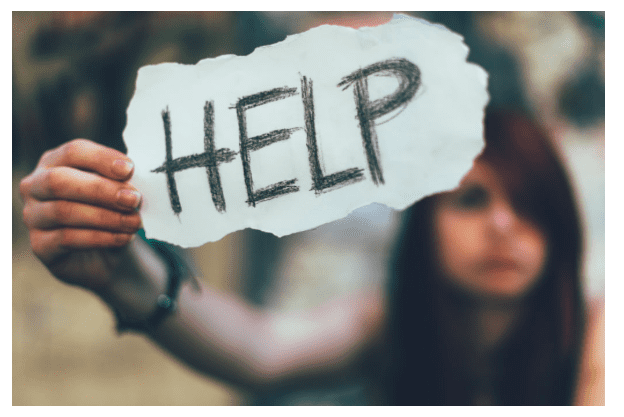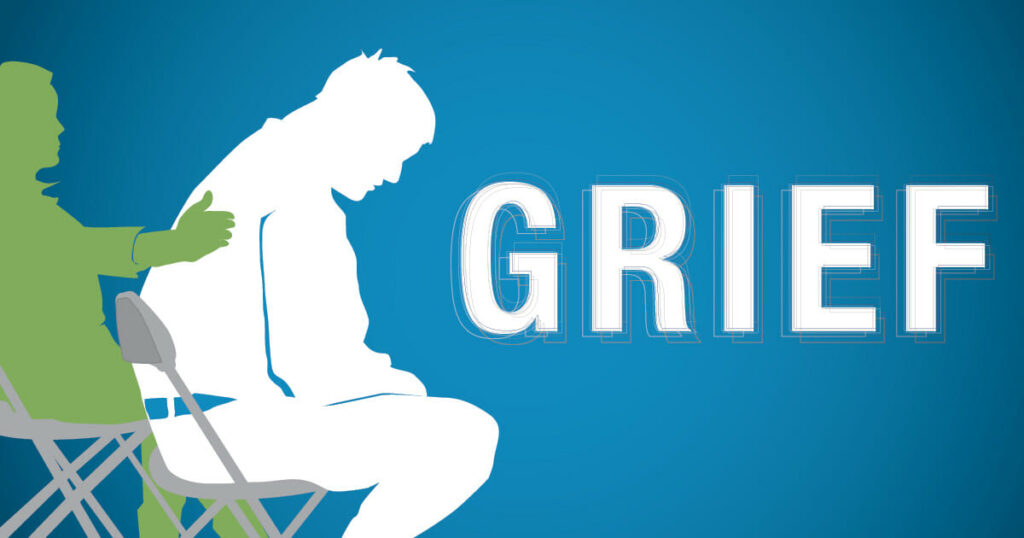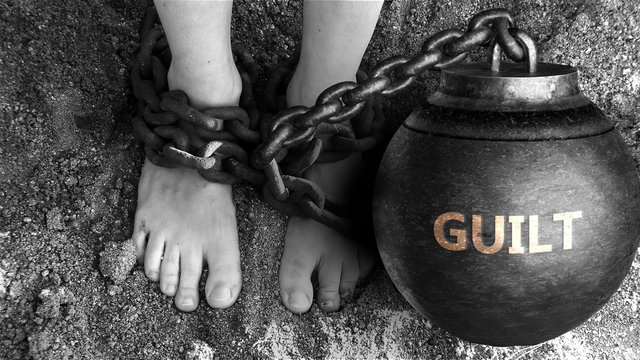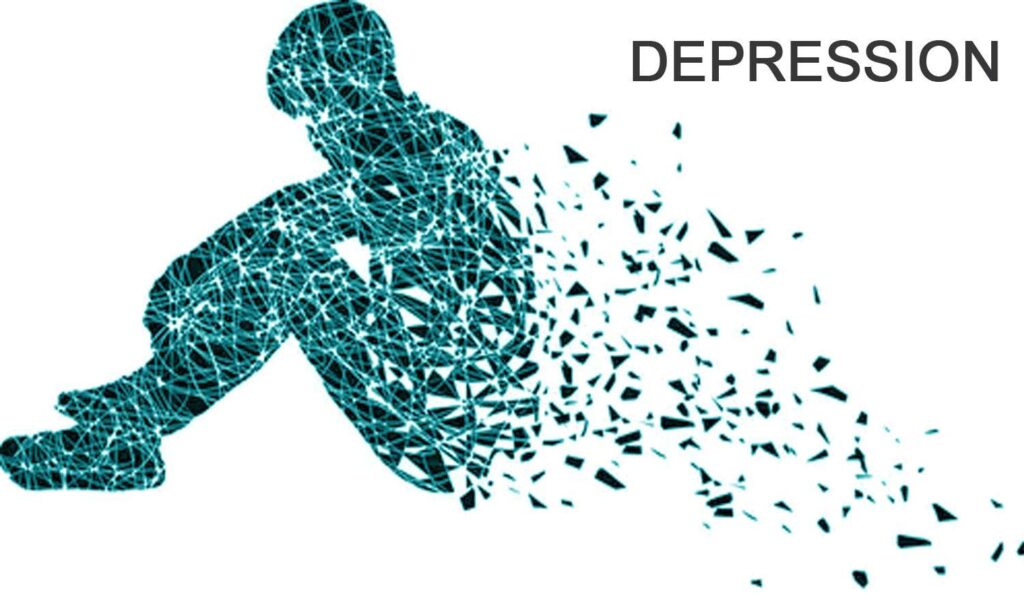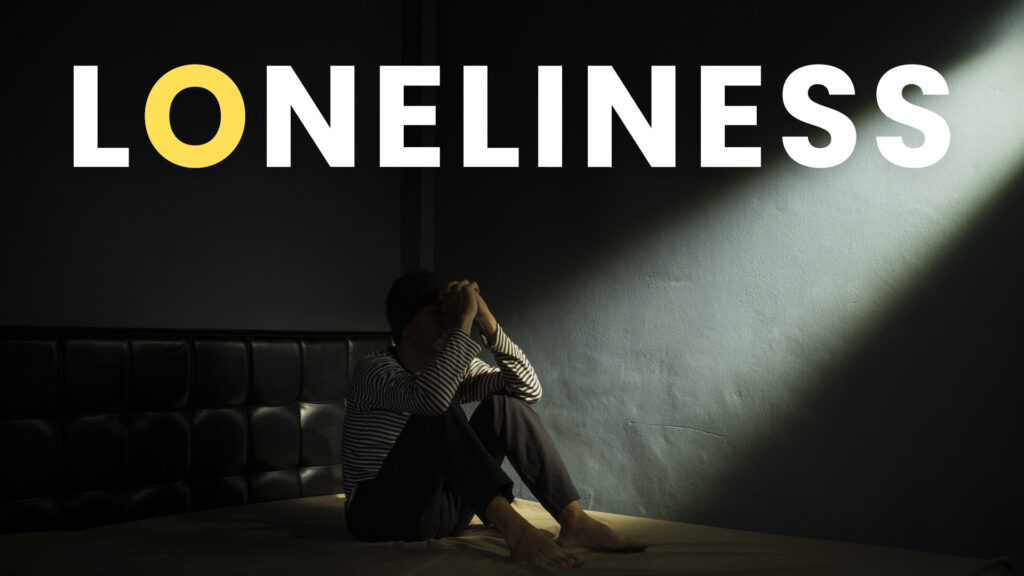A Guide to help Youth with Premature Dating

“You are so lucky.” Fourteen-year-old Dia sat next to her friend Kavya. They were in the corridor at school, waiting for lectures to start.
“Why?” Kavya responded.
“Only because Shlok asked you out.”
“He is cute, isn’t he?”
“Cute? That doesn’t even begin to describe him. Try perfect.” The girls exchanged short airy giggles. “You are so lucky,” Dia repeated. Her smile disappeared. “My parents won’t even let me date.”
“I know,” Kavya answered. “Parents can be so impossible.”
“The say I have to wait until I’m eighteen.”
“That’s a whole four years away!”
“I know.” Dia’s eyes darted around the corridor to see if anyone else was listening. She lowered her voice. “They say that even then I’m only allowed to go on group dates.”
Kavya rolled her eyes. “Please!”
“They act like I’m a little kid.”
The girls’ heads turned simultaneously toward the staircase of junior college section as seventeen-year-old Sholk walked in.
“You’re so lucky,” Dia repeated as she and Kavya pinned adoring gazes on Sholk.
Problem of Premature Dating
Few things occasion as much tension between parents and youth – and within the youth themselves – as the many decisions and dangers surrounding the dating process.
Teenagers invest a massive amount of time, thought, and energy into dating pressures and possibilities. They talk about who’s going out with whom, who wants to go out with whom, and who would never go out with whom.
It is ironic, however, that while many young people devote much time and effort to “the dating game,” few are prepared for the new stresses and choices that dating presents. Kids face intense pressure from others around them to “go out” with someone;
dating can become a badge of acceptance, evidence of a young person’s worth or attractiveness.
Author Ann B. Cannon says:
Many teenagers date because close friends start dating. Some teenagers look for love, security, or support in a date. A few assert their independence by going where they choose and with whom they choose. Many . . . just date because it’s expected.
Causes of Premature Dating
A great many teens set themselves up for danger and disappointment because they begin playing “the dating game” blindly, ignorantly of the many decisions to be made in dating, the many decisions to be made in dating, the many dangers of dating, and the advantages of a purposeful design in dating.
Decisions in Dating
The average teen would never dream of going out on a date without spending some time preparing himself or herself in front of a mirror; yet that same teen most often approaches the dating experience with little or no thought about many decisions to be made – by parents and teens – in dating.
- When to Start Dating
Few issues cause as much conflict in the home as the question of “How old is old enough to start dating?” Some parents think their children should be a certain age before dating. Some kids think they were born ready to date; others feel they crossed the “date line” when they became teenagers.
However, chronological age is seldom a reliable indicator of a young person’s readiness to date. The crucial factor is whether he or she is emotionally and spiritually mature enough to handle the many decisions and dangers of dating. Some people may be mature at eighteen or nineteen; others should probably wait longer.
Some of the key indicators of a teen’s readiness for dating are:
- Is he or she often influenced by peer pressure?
- Is he or she most attracted to people his or her own age?
- Does he or she intend to date for friendship instead of romance?
- Has the teen committed himself or herself to sexual purity and determined not to compromise that commitment?
- Does the ‘young person have his or her parents’ permission to date?
- Is the teen’s self-image based on whether or not he or she is dating?
- Is he or she able to resist immediate gratification in other areas? Does he or she display a preference to strive for future satisfaction and fulfillment (over immediate gratification) in other areas?
“NO” answers to the above questions should alert a young person (or caring adult) to areas in which more emotional and spiritual maturity should be allowed to develop before dating.
- The Age Factor
“My boyfriend is several years older than I am,” one girl wrote author Barry Wood, “and my parents don’t want me to date him. Does age make any difference in dating?”
While a difference of five years in age may make little difference to a twenty-five-year-old dating a thirty-year-old, for example, it can cause severe problems for fourteen-year-old dating a nineteen-year-old. The reason for this is that the teen years are a time of major physical, emotional, and spiritual changes; some changes may happen so fast that a teen is ill-prepared to handle them. Of course, once again the central issue is not chronological age as much as emotional and spiritual maturity. Nonetheless, age differences if more than a year or two should be avoided through late adolescence.
Dangers of Dating
Teens who are preparing to date must not only confront the many decisions to be made in the dating experience, but they must also be aware of the dangers. Some of these are discussed effectively by Les John Christie in his book Dating and Waiting:
There is the danger of isolating yourself from your friends. Relating with one’s own sex is just as important as relating with the opposite sex. But in dating, sometimes your old friends are pushed into the background, and those are friends who may be needed later, especially if the dating relationship should end. Also, there is the danger of forgetting other important relationships in your life like brothers, sisters, and parents.
Thers is also the danger of dating for the wrong reasons, [such as] dating to impress your friends, . . . dating to get back at someone, or dating to cause jealousy. In such a case, you are merely using your date, and you don’t really care about him as a person.
Many dating relationships are based on power, not on love. The person who loves the least has the most power. Some people prefer power over love; so they withhold love. . . . Dating becomes a power game. The other person is kept on a string like a yo-yo. Love is being used to gain power and prestige. . . .
Another danger is that you become so date conscious that within the school group, you only talk with those you feel are potential dates, and you leave the rest alone. This is true for both guys and girls. . . .
There is also the danger of feeling trapped once you start dating a person. . . . There is the danger of getting hurt and hurting someone else. . . . There are also the dangers of mistaking emotional and physical attraction for real love [See article www.linkedin.com/pulse/guide-help-youth-find-true-love-bijo-joseph/] and the danger of letting sexual desires get out of control. . . .
Far too many teens – especially those who begin dating early – are woefully unprepared for the dangers of dating and, as a result, expose themselves unnecessarily to the worst that the dating experience has to offer.
Design in Dating
Most dating is far from fun because it’s so full of sensual ploys and sexual gamesmanship. Even the language surrounding dating reveals this – “Did you get to first base? [kissing and touching]” “Did you go all the way? [to have sex]” For dating experience to be fun and rewarding, they need to avoid both the pitfalls and the ploys. A teen can do both carefully thinking through three things: his or her purpose, standards, and plan for dating.
Purpose.
Surprisingly few teens give any thought to their purpose in dating. Of course, responding to the basic attraction of a person of the opposite sex is a fundamental reason why many kids date-as is the intense pressure they feel from others. But aside from responding to those influences, most young people never formulate or evaluate their purpose in dating.
One purpose of dating is socialization-having fun with other people, getting to know them, enjoying other people’s company, learning how to share common interests, and developing conversational and relationship skills. Dating is a means of learning more about oneself and a way to become skilled at sensing the needs and feelings of another person and how to turn that insight into responsive action.
Another key purpose for dating is mate selection. Probably, the person you marry will be someone you’ve dated. The typical progression is from casual dates to friendship dates to steady dating to engagement and marriage. Dating serves to cultivate and sharpen one’s tastes and improve the ability to recognize the character and personality that best meshes with one’s own.
A clear understanding on one’s purpose in dating is crucial. It should be obvious, of course, that sexual exploration and experimentation are not healthy purposes for dating; however, socialization – and even mate selection – are sound purposes for dating.
Standards.
A young person who is mature enough to begin dating will be mature enough to establish his or her standards and boundaries in dating – and even to discuss those standards with a date. Parents and other caring adults should help guide a young person to answer such questions as:
- Should I confine my dating activity to double dates?
- Should I frequent only public places?
- What forms of touching and interactions are acceptable?
- What types of activities will I avoid or refuse?
Such questions, if answered before temptation come knocking, can save many problems, misunderstandings, and mistakes later.
Dating standards should certainly include a clear determination of where to draw the line in the following chart of the progression of physical expression and involvement:
Necking: Holding hands, Hugging, Casual kissing (peck kissing), Prolonged kissing.
Petting: French Kissing (including last stages of necking – ears, necks etc.), Breasts covered, Breasts bared.
Heavy Petting: Genitals covered, Genitals bared, Oral sex, Genital to Genital Intercourse
The wisest place to draw the line in the above progression is at causal kissing. The vast majority of couples in a dating relationship, whatever their age, cannot progress much beyond that point without asking for trouble. The young man or woman who wishes to set helpful dating standards will do well to start there.
Plans.
The final step in framing a sound, helpful design for dating is planning. An attractive option is group dating. Ann B. Cannon writes:
Group dating has been a popular trend for several years. In group dating guys and gals get together to do different activities without pairing up. The group decides where to go and what to do, and everyone goes along. Everyone pays (his or her) own way. Many teenagers like group dating because it removes the sexual pressure of dating just one person.
Another consideration is to plan for a climate in which two people can become friends. Going to movie on a first date is counterproductive; it offers entertainment but not interaction. A better choice would be to plan walk around a park, or window shopping. Such activities provide plenty to talk about and allow the participants to discover each other’s likes, dislikes, and previous life experiences.
One more key to planning the dating experience is to map out possible responses to situations that may arise, such as:
- How much money will I need to spend? Will I have enough?
- How will I respond if my date wants to get physical?
- If my takes me somewhere I don’t want to go. what will I do?
- Under what circumstances will I put a stop to the date? To the relationship?
- How will I react if others around me being to act inappropriately (drinking alcohol or smoking, for example?
- How will I evaluate whether the date was a success?
Some parents help teens in this area of planning by agreeing that if the teen calls home at any time and says simply, “I need to be picked up now,” a parent will respond without delay and without asking for details. Others impress on their teens the importance of making sure Mom and Dad know
- Who teen is with,
- Where he or she is, and
- Where he or she is going.
Response to the Problem of Premature Dating
Is the young man or woman ready to date? Is he or she dating wisely? Is he or she being exposed unnecessarily to the pitfalls and ploys of “the dating game”? A sensitive parent or youth leader can help a young person answer such questions by employing the following strategy:
LISTEN.
Take the time to talk to the young person about dating and to really listen to what he or she has to say. Try to discern whether he or she possesses the emotional or spiritual maturity to begin dating or to do so in a wise and godly way. Elicit the answers to the questions posed under “When to Start Dating” (beginning of this article)- most likely without asking such questions point-blank – in an effort to evaluate his or her maturity and readiness to date.
EMPATHIZE.
Remember your teen years and the importance boy-girl relationships had to you then. Be careful to recognize the urgency and importance that dating issues assume in the hearts and minds of teens. Seek also to understand the emotional and spiritual needs the young person may hope to meet through dating. Whether or not those hopes are realistic, they will be crucial in helping a parent or youth leader to see things through the teen’s eyes.
AFFIRM.
Too often, young people use dating to try to fulfill needs that are not being met in other relationships, such as those with Mom and Dad. If parents aren’t filling the young person’s “love tank” (his or her innate need for love and acceptance), the youth will be more vulnerable to the pressures, perils, and pleasures of dating; conversely, dating relationships will be much easier to handle if a young person is receiving affirmation, affection, and appreciation from others-particularly from his or her parents.
DIRECT.
Parents, teachers, or youth leaders can help a young person who is approaching the dating experience by:
- Praying for the youth and praying with him or her about the dating experience.
- Walking him or her through the decisions to be faced in dating.
- Informing him or her of the dangers of dating and
- Helping him or her formulate a purposeful design in dating by sensitively and systematically sharing the content of this article.
ENLIST.
A concerned parent or other adult may wish to enlist the young person’s participation in planning and evaluating his or her dating habits by entering into a “dating contract” similar to the one proposed by Ann Cannon in her book Sexuality: God’s Gift.
REFER.
The youth leader, teacher, or other adults will certainly wish to involve a young person’s parents in the process of helping a youth cope with dating pressures. Likewise, parents will be wise to welcome support from youth leaders, teachers, or other concerned adults. In some situations- particularly those in which a young person has already exhibited dangerous habits in dating- it may be helpful for parents to consult a counseling professional who can offer sound guidance.
Was this article helpful to you…? if yes, do subscribe and share with your connections, so that it reaches all who has a young person who is working through questions about dating.
Bijo Joseph is the founder of Bijoyful Foundation, a faith-based NGO (reg. 357152/sec. 8 co.) that aims to deliver positive changes in the lives of young people troubled with adverse mental health, addiction or other life challenges through range of strength-based, recovery, livelihood programs and support offered by counsellors, social workers and volunteers. He has youth leadership experience of 17 years and with educational foundation from TISS, Mumbai & IIM Calcutta.


